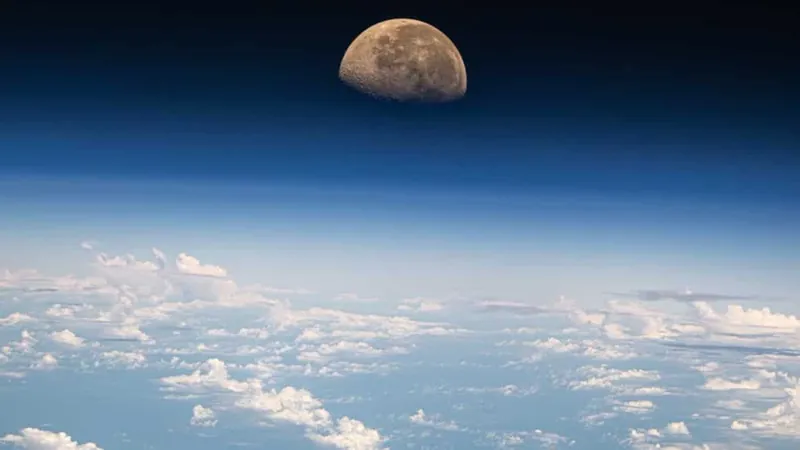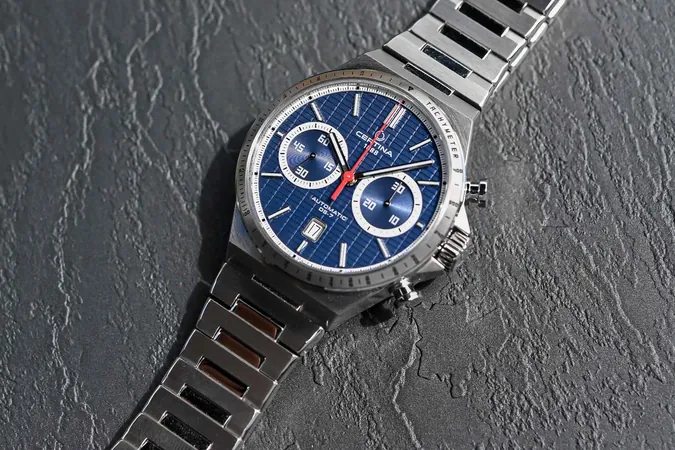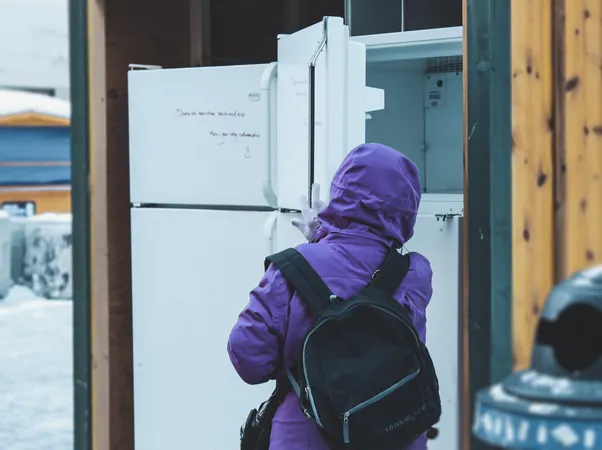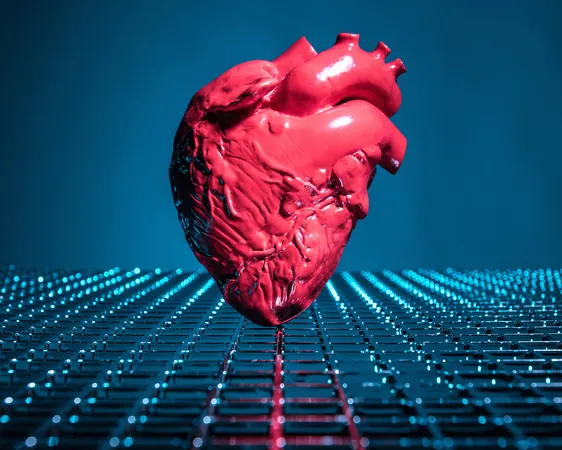
Is Europe Set to Create Its Own Lunar Environment? Discover the Groundbreaking LUNA Facility!
2024-10-08
Author: Yu
Could scientists be on the verge of recreating the moon right here on Earth? The European Space Agency (ESA), in collaboration with the German Aerospace Centre, is exploring this very possibility at their innovative LUNA Analog Facility. This ambitious project aims to provide a realistic lunar environment to better prepare astronauts for upcoming missions to the moon.
Located at the European Astronaut Centre near Cologne, the LUNA facility is stocked with an impressive 900 tonnes of ground-up volcanic rock, designed to simulate the moon's unique surface conditions. The facility replicates the moon's low-gravity environment using advanced technology, including movable trolleys that mimic the movements of rovers and suspended astronauts.
ESA astronaut Alexander Gerst emphasized the incredible utility of the LUNA facility during a recent press briefing. He described it as encompassing “most aspects that we will encounter on the moon,” touching on elements such as surface topography, lunar dust, and lighting. Astronauts will practice in specially designed spacesuits that restrict mobility and visibility, replicating the challenges they will face on actual lunar excursions.
The LUNA facility spans a vast 700-square-meter area, providing astronauts from ESA, NASA, and other international agencies a platform to simulate life on the moon. Juergen Schlutz, LUNA Facility Engineer and Moon Strategy Lead at ESA, explained the importance of the regolith, stating, “We have about 900 tonnes of regolith simulating material to mimic the dusty environment and mobility on the lunar surface.” This material is sourced from volcanic soils found in Germany’s Eifel region, Italy’s Mount Etna, and various rocks from Norway.
Adding to the realism of the experience, astronauts Matthias Maurer from Germany and Thomas Pesquet from France demonstrated how the facility recreates the blinding sunlight expected on the moon, which can hinder an astronaut's ability to see. They showcased techniques for exploring lunar craters and collecting soil samples while utilizing a system of cables attached to their suits to safely simulate mobility constraints and jumps.
This facility comes at a particularly pivotal time, as ESA has secured three positions on NASA’s Artemis program, slated for missions to the lunar surface by 2030. The LUNA facility will play a crucial role in ensuring European astronauts are adequately trained and prepared for their upcoming moon missions.
The development of such facilities highlights not only Europe's eagerness to explore the moon, but also the collaborative spirit of the international space community. As we stand on the brink of a new era in lunar exploration, the LUNA facility is paving the way for an exciting journey ahead! Stay tuned for more updates as the countdown to the moon begins!





 Brasil (PT)
Brasil (PT)
 Canada (EN)
Canada (EN)
 Chile (ES)
Chile (ES)
 España (ES)
España (ES)
 France (FR)
France (FR)
 Hong Kong (EN)
Hong Kong (EN)
 Italia (IT)
Italia (IT)
 日本 (JA)
日本 (JA)
 Magyarország (HU)
Magyarország (HU)
 Norge (NO)
Norge (NO)
 Polska (PL)
Polska (PL)
 Schweiz (DE)
Schweiz (DE)
 Singapore (EN)
Singapore (EN)
 Sverige (SV)
Sverige (SV)
 Suomi (FI)
Suomi (FI)
 Türkiye (TR)
Türkiye (TR)